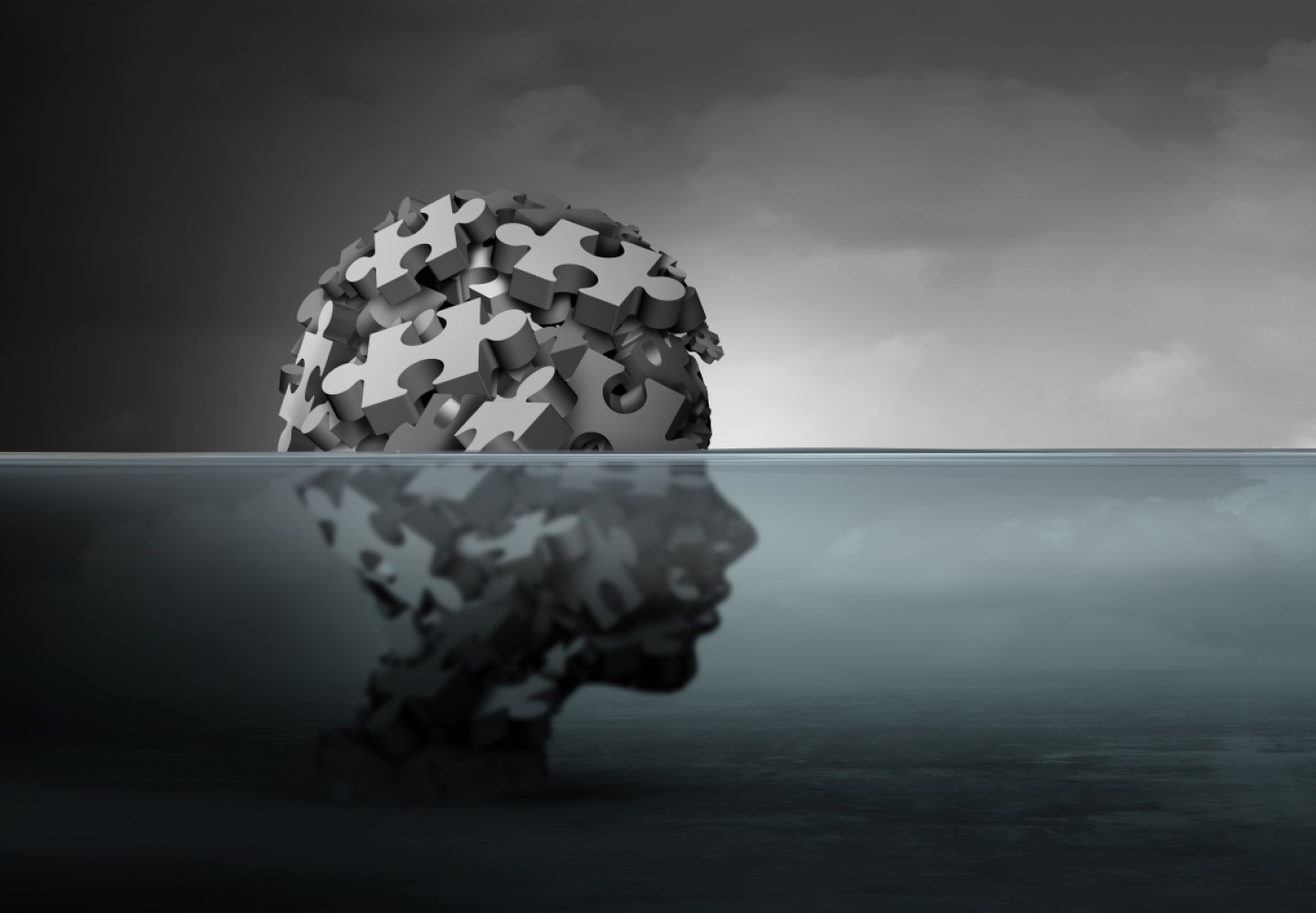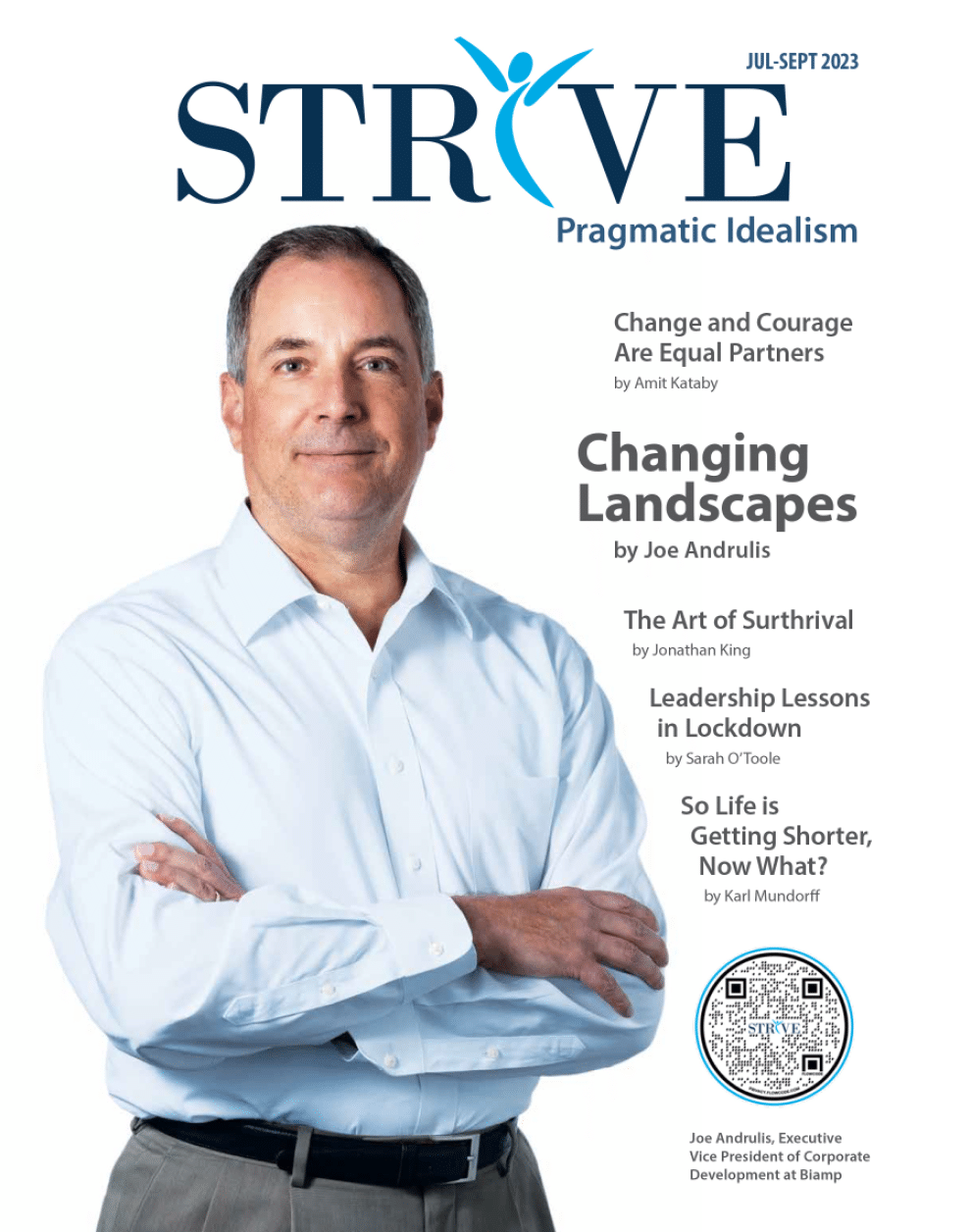 We are living in what I’ve been calling our brave new world. The pandemic has forced us all out of our comfort zones as we continue to face unprecedented challenges. Unfortunately, our youth seem to be experiencing the brunt of the fallout. The results from a survey conducted by the Centers for Disease Control and Prevention in June showed that our young adults are experiencing more mental health issues, elevated substance abuse, and increased suicidal ideation. Seemingly there is no end in sight.
We are living in what I’ve been calling our brave new world. The pandemic has forced us all out of our comfort zones as we continue to face unprecedented challenges. Unfortunately, our youth seem to be experiencing the brunt of the fallout. The results from a survey conducted by the Centers for Disease Control and Prevention in June showed that our young adults are experiencing more mental health issues, elevated substance abuse, and increased suicidal ideation. Seemingly there is no end in sight.
Teen suicides were already at record highs, having increased every year for the past 15 years. The Centers for Disease Control and Prevention released data showing a 60% rise in suicides for those aged 10 to 24 between 2007 and 2018. In the United States, suicide is the second leading cause of death for teenagers, after accidents. The prevalence has even reduced our overall life expectancy. Anxiety is rampant, impacting half of our youth with the average age of onset being 6 years old! Anxiety can lead to suicide and substance abuse, all of which are preventable. We must first address the cause of the suffering in order to solve the issue. This necessitates courageous leadership and a different approach than we have been taking.
Since 2013, teens have reported being more stressed than adults according to periodic surveys by the American Psychological Association. In addition to the pandemic, there is increased bullying and peer comparison through social media, social unrest due to racial and equity issues, and increased violence in schools, homes and communities. At times, parents don’t know how to handle the issues their children are experiencing, and most doctors don’t have enough time to figure out the cause of the issues so they medicate the symptoms.
A recent survey on traumatic childhood experiences showed that almost half of youth in the U.S. will have experienced one or more serious traumatic events in their childhood. Trauma negatively impacts the brain, inhibits learning, and has lasting detrimental physical, mental and emotional effects. Statistics from the National Center for Mental Health Promotion and Youth Violence Prevention show those who experience trauma are 15 times more likely to attempt suicide. Add the additional pressures of a global pandemic, financial insecurity and an uncertain future, the pressure is enormous!
My first grader, Jesse, was shot in his classroom at Sandy Hook Elementary School by a former student. After committing one of the worst mass murders in U.S. history, the young man took his own life. Jesse’s older brother struggled afterwards. We sought help from the school but found that they were as traumatized, albeit vicariously, as we were. Mental health professionals failed to make a connection with my 12-year-old son thus we were left to fend for ourselves. In my subsequent search for support, I found there are skills, tools and awarenesses that can facilitate the management of life’s difficulties, even tragedies. These essential life skills would have helped us cope, enabled the school to respond more efficiently and proactively, and even equip the experts to connect with those seeking assistance more effectively. This solution extends to the shooter as well. Hurting people hurt people. If the shooter’s pain had been mitigated with the skills and tools he needed to connect with others, self-regulate and work through his issues, the tragedy might have never occurred.
Life is full of uncertainty. COVID has brought to light the fact that we never know what will happen tomorrow. Bad things happen to good people. Life can be unfair. The fact of the matter is, we can’t always choose what happens to us. We are however shaped and molded through our thoughtful responses. We have the ability to grow through challenges. The technical term is Post Traumatic Growth. We must be taught essential life skills however in order to facilitate this capacity.
We most commonly address suicide prevention by teaching parents and educators how to look for the signs that their loved one is struggling, then identify resources to help. This is how we’re wired to think as humans: through our negative bias, by reacting and focusing on the problem. Clearly this isn’t working and a different approach is imperative. Instead, we must address the cause of the initial pain and discomfort by fortifying youth with the ways and means to reduce, and even prevent their suffering.
Our children must be taught the skills, tools, and awareness they need to thoughtfully respond to the difficulties they face and move through the pain and discomfort. This has been overlooked in our school system because we assume it is the parents’ responsibility. However, you can’t give what you don’t have. We are not born with this knowledge, it must be taught to us. This makes teaching these social and emotional skills at school a necessity. Schools that embrace this type of programming have cultures that are loving, accepting and compassionate. The staff and students are better able to manage grievances, which cultivates an environment of safety, both physically and psychologically. This is necessary for kids to be present and learn.
Love and connection are at the heart of the matter. Kids who are connected can have healthy relationships and meaningful connections. Those who are resilient are able to grow through difficulty, manage their emotions, and make responsible decisions. These individuals will not want to attempt to take their own life or the lives of others. It makes common sense and is backed by research. Now we must spread awareness and cultivate the courage to implement this change.
As part of the solution, I established The Choose Love Movement, which helps to teach social and emotional learning through a powerful formula that facilitates choosing love over fear and discomfort. We start with four components:
Courage, the opposite of fear, can be strengthened like a muscle. We need courage to be present and face our discomfort rather than resist and avoid it, to speak up, and take back our personal power.
Gratitude helps us shift our thoughts from negative to positive, which cultivates hope, enhances our mood and can induce long-term happiness.
Forgiveness frees us from what can be a self-imposed prison of guilt and insecurity and is a gift we give ourselves.
Compassion-in-Action through empathy as well as stepping outside our comfort zone to help others. When we practice these emotions, we are Choosing Love. Teens, whom many believed might be resistant, are some of the most receptive to this message because it is about love and connection, which we all need in order to survive and thrive. We are all connected in the want and need to love and be loved.
I challenge you, the reader, to share this article and talk about how we can reduce and prevent teen suicide through Social and Emotional Learning.
Learn More:
Well Beings Youth Mental Health Project and Alaska Public Media:
Alaska Public Media and Well Beings teamed up for a community conversation about preventing youth suicide in a state with one of the highest per capita rates in the nation. Healing from the contributing factors facing young Alaskans is strengthened by knowledge and tapping into resources. Focusing on innovations, insights and deep listening to those who have struggled with and offer support for mental wellness, this interactive event offers hope and help. Watch the virtual panel discussion featuring local experts and youth on preventing suicide and Alaska: Here.
Suicide Prevention Resources :
We can all help prevent suicide. The National Suicide Prevention Lifeline provides 24/7, free and confidential support for people in distress, prevention and crisis resources for you or your loved ones at 1-800-273-8255 or Stop Suicide Alaska at 1-877-266-HELP.













































